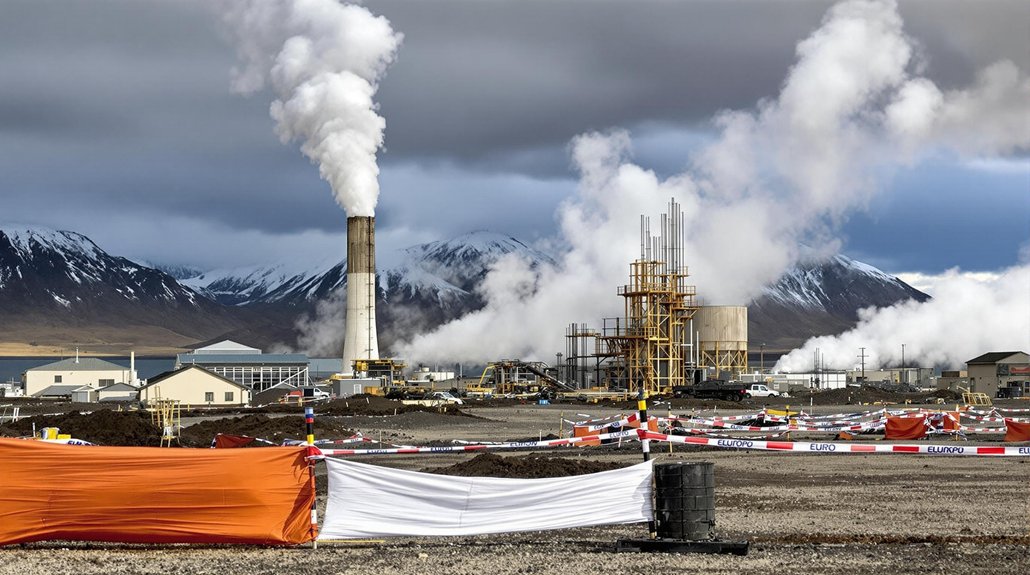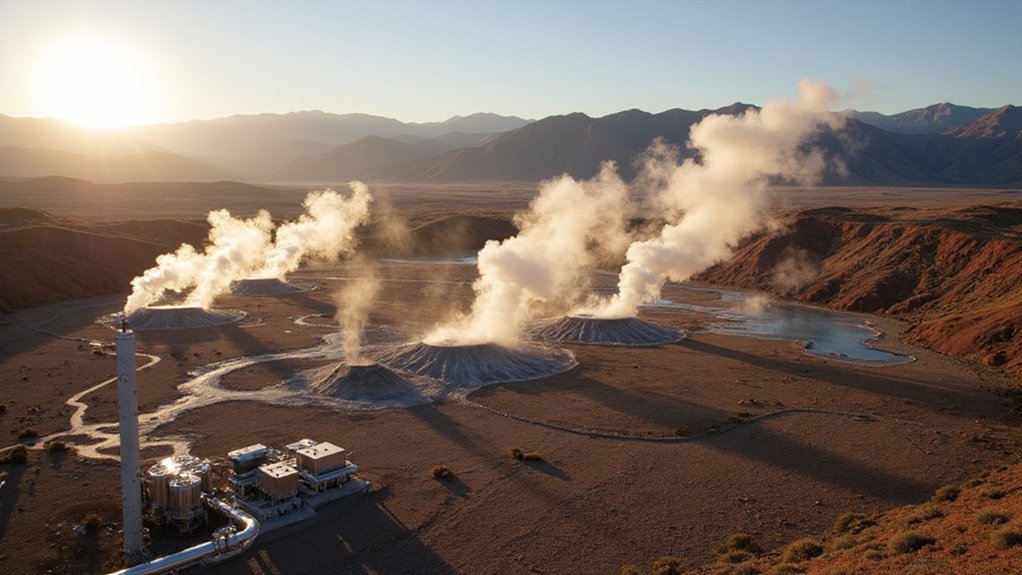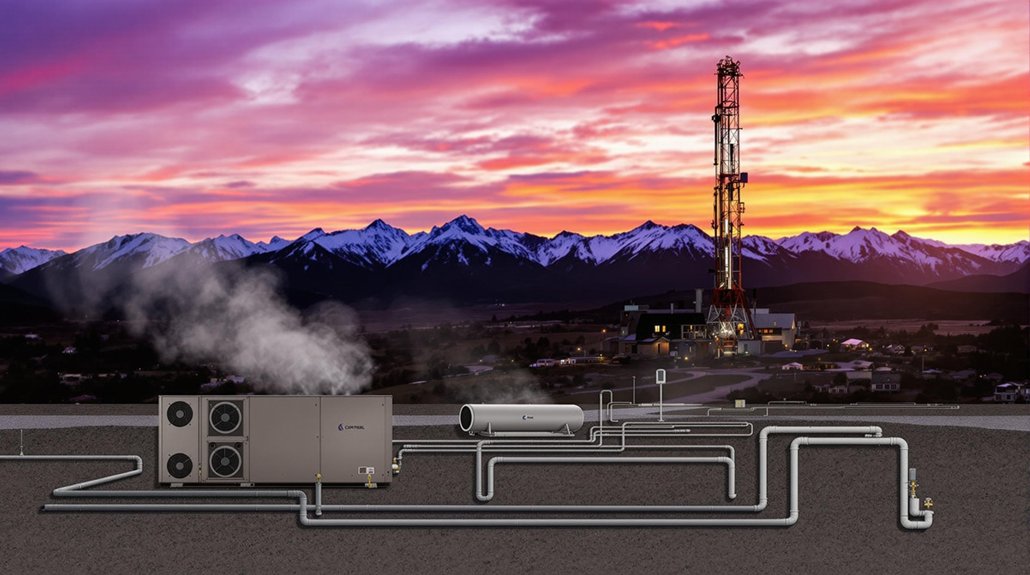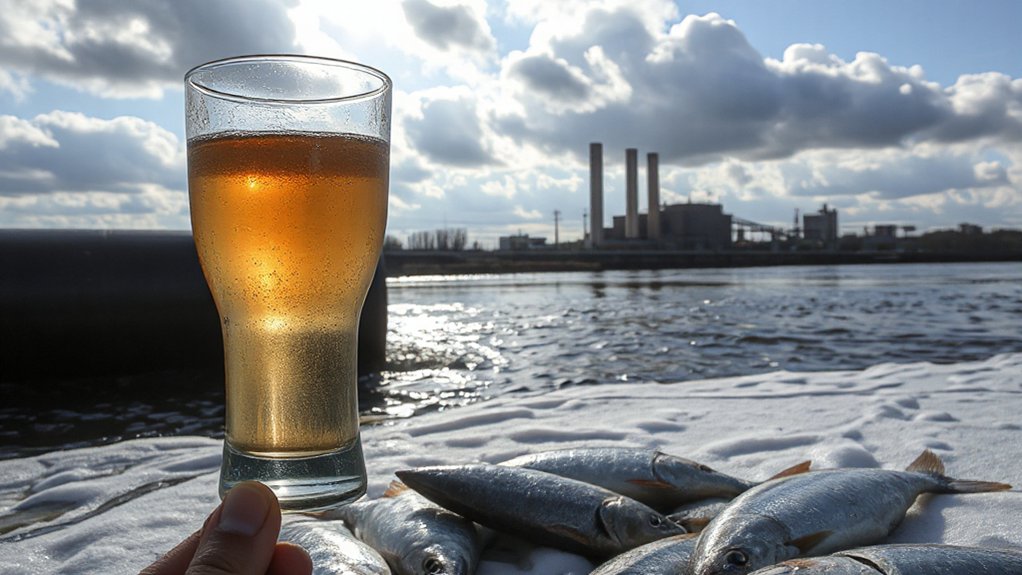Europe’s ambitious geothermal dreams are hitting a wall. The European Commission has punted its Geothermal Action Plan to 2026, despite the technology’s capacity to deliver 25% of EU heating needs. Meanwhile, countries like Iceland and China are racing ahead. Just 1% of Europe’s geothermal resources could power 1,400 Berlin-sized cities. Bureaucratic red tape and policy neglect continue while the continent imports 58% of its energy. The trillion-dollar opportunity waits for no one.
Despite its enormous potential to revolutionize Europe’s energy landscape, the continent’s geothermal ambitions have hit a wall of bureaucratic inertia and policy neglect. The numbers don’t lie. Geothermal could provide 25% of EU heating needs and 10% of electricity, yet the European Commission has pushed its Geothermal Action Plan to Q1 2026. Taking their sweet time, aren’t they?
Meanwhile, the rest of the world isn’t waiting. Iceland, New Zealand, Japan, and China are pouring resources into next-generation geothermal technologies. Even the U.S. is making moves, though without a cohesive strategy. Europe’s dithering could cost it dearly in the global clean energy race.
The economic implications are staggering. Globally, geothermal could attract $1 trillion in investment by 2035 and create over a million jobs. Sweden, already the world’s fourth-largest geothermal nation per capita, stands to lose export opportunities while Brussels shuffles papers.
It’s not like Europe doesn’t need the energy. The EU imports 58% of its energy, with renewables accounting for 46% of domestic production. Dan Jørgensen, Commissioner for Energy and Housing, has acknowledged geothermal energy’s role in decarbonising the EU’s energy system. This energy source could power more than 1,400 Berlin-sized cities if just 1% of Europe’s high-temperature geothermal resource were utilized. The glaring absence from the Affordable Energy Action Plan speaks volumes about misplaced priorities.
The technology is there. Enhanced and closed-loop systems are revealing vast new resources. Oil and gas expertise is being repurposed, cutting costs dramatically. The IEA forecasts the EU heat pump market will triple by 2030. The potential is enormous.
But hurdles remain. High upfront costs, exploration risks, and a skills shortage plague the industry. Regulatory red tape doesn’t help either. Unlike the U.S., which has utilized only 0.7% of its enormous potential capacity, Europe’s geothermal development faces similar untapped opportunity. The European Geothermal Energy Council has called the policy vacuum a “significant hole” in EU planning.
The REPowerEU plan supposedly prioritizes geothermal, but where’s the action? The EU Council talks about thorough strategies while taking minimal concrete steps. Europe risks watching from the sidelines as others lead the geothermal revolution. So much for energy independence.









